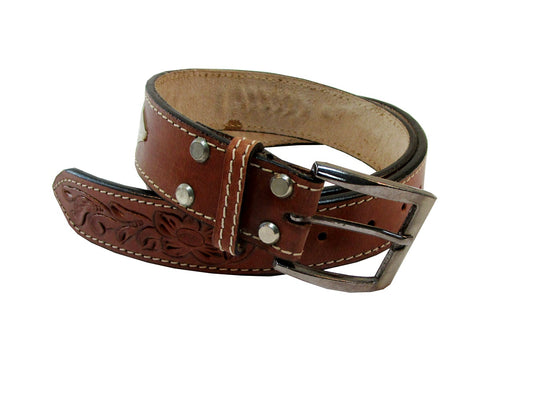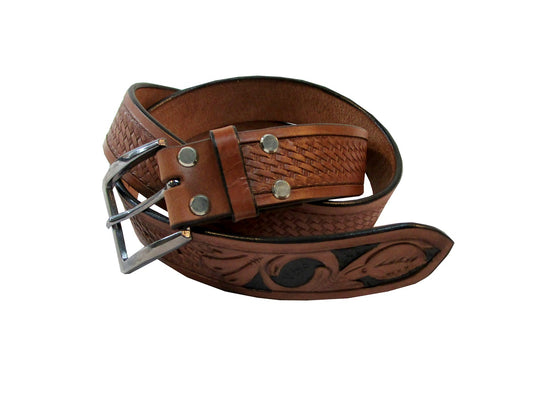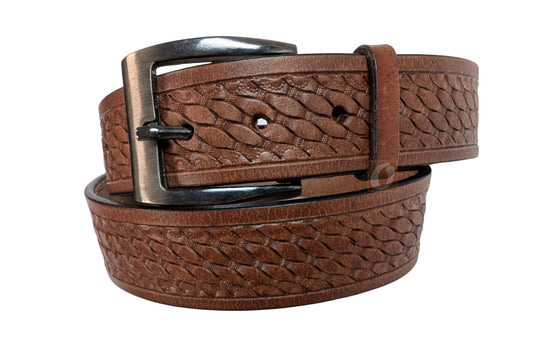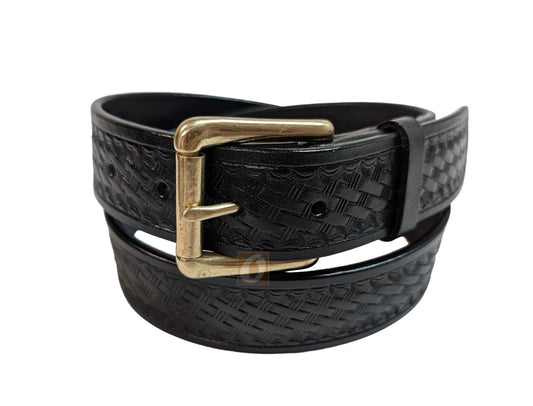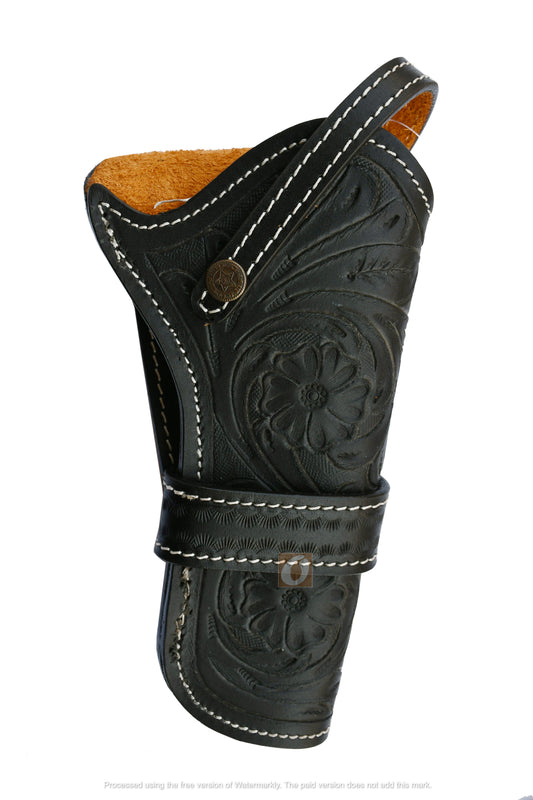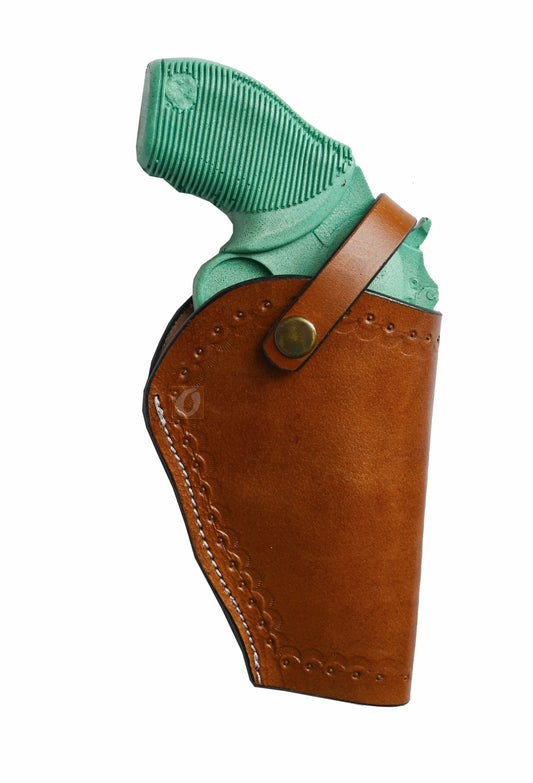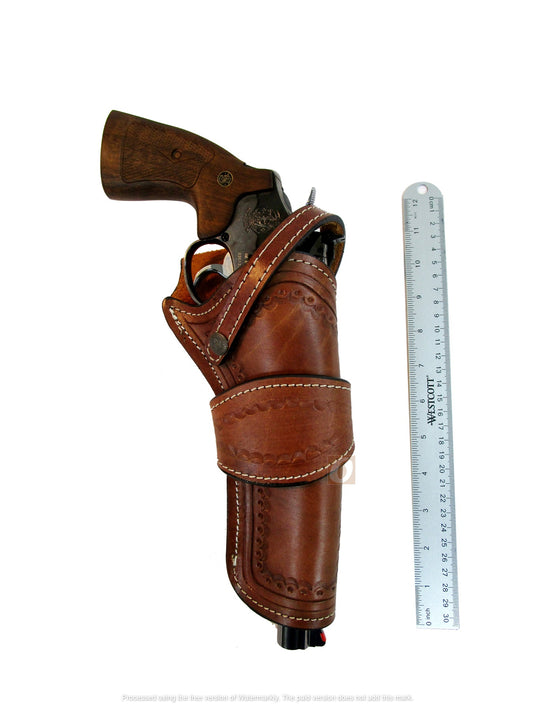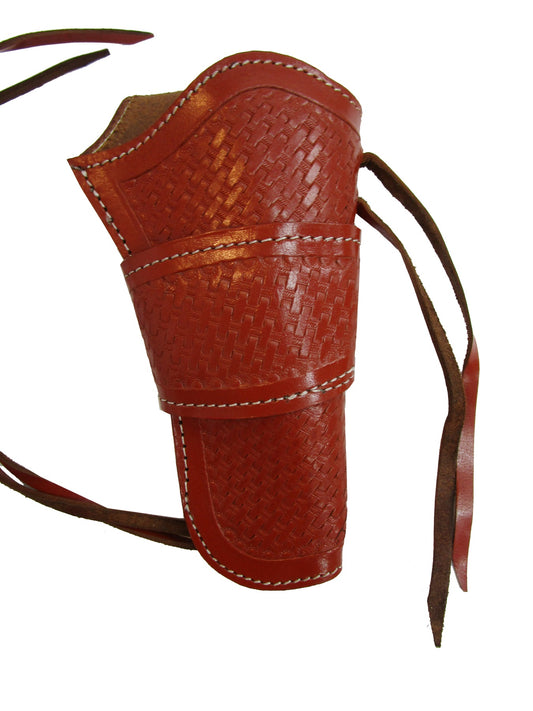Holsters for Training: Which Type Is Best for Your Practice Sessions?
Holsters for Training: Which Type Is Best for Your Practice Sessions?
When it comes to firearm training, choosing the right holster is essential. Whether you're practicing at the range, participating in tactical drills, or preparing for concealed carry, the holster you use can significantly impact the quality of your training. A good holster should provide quick, safe, and secure access to your firearm while allowing you to practice proper drawing and holstering techniques.
In this post, we’ll explore the different types of holsters available for training, including IWB holsters, OWB holsters, leather holsters, and more. We’ll also offer tips for safely training with your holster to ensure you get the most out of your practice sessions.
1. The Importance of Choosing the Right Holster for Training
A firearm holster is a critical piece of equipment for any firearm owner, especially during training. Not all holsters are designed the same way, and the type you choose can influence your draw speed, retention, and overall comfort. Some holsters are designed for concealed carry, while others are more suited for open carry or tactical environments.
Training holsters should allow you to practice smooth, controlled draws, while offering retention features that ensure your gun stays securely in place during movement. Above all, they should be safe, preventing accidental discharges during training.
2. Types of Holsters for Firearm Training
When it comes to holsters for training, several options are available, depending on the type of practice you’re focused on. Here’s a breakdown of the most common types:
IWB Holsters (Inside the Waistband Holsters)
IWB holsters are ideal for concealed carry training. They fit snugly inside your waistband, offering discretion while still allowing for quick access to your firearm. Training with an IWB holster can help you master concealed carry techniques, ensuring that you can draw your weapon smoothly and securely in real-life situations. These holsters often feature adjustable retention to help you practice getting a fast draw while maintaining safety.
For training purposes, it's important to ensure that your IWB holster is made from a durable material that won’t lose its shape over time, especially if you’re using it repeatedly in dry fire drills.
OWB Holsters (Outside the Waistband Holsters)
OWB holsters are typically worn outside the waistband and are often favored by those who prefer open carry. These holsters are also great for training, as they provide a more accessible and comfortable draw. An OWB holster usually offers faster access to your firearm compared to an IWB option, making it a solid choice for dynamic drills that involve movement, drawing from cover, and re-holstering.
If you’re training for tactical purposes or need to access your weapon quickly during defensive drills, the best holsters for concealed carry are often those that allow for smooth, easy draws without being too bulky.
Leather Holsters
If you prefer a more traditional, stylish, and durable holster, a leather holster could be a great option for training. Leather holsters offer a high level of comfort, mold to your body over time, and provide a classic aesthetic. However, they can take a little longer to break in compared to synthetic options like Kydex. During training, a leather holster will generally provide excellent retention, keeping your firearm secure until you need to draw.
For practice, it’s important to choose a leather gun holster that is well-constructed, as cheap or poorly made leather holsters can wear down quickly, affecting your safety and performance.
Custom Holsters
If you're looking for something tailored specifically to your needs, consider a custom holster. Whether you have a holster for Glock, holster for SIG, or even a holster for revolver, custom holsters can provide a perfect fit and enhanced comfort. A custom holster can also be designed for your specific training preferences, such as adjustable retention, cant (angle), and material choice.
Custom holsters allow for a more personalized experience, helping you perfect your drawing techniques and making sure your firearm stays securely in place during dynamic training drills.
Cross Draw Holsters
Cross draw holsters are worn on the opposite side of your dominant hand, typically across the body. While they’re not as common for everyday carry, cross draw holsters can be useful for training drills that emphasize drawing from different angles, or when you're practicing techniques like seated draws. They're often seen in more tactical or cowboy-style training, where western gun holsters are popular.
Cross draw holsters are best for slower, more deliberate draws but can be a great tool for training in specific situations.
3. Tips for Safe and Effective Training with a Holster
When training with a holster, safety should always be your top priority. Here are some tips for practicing safe draws and holstering techniques:
1. Always Follow Safety Protocols
Even when dry firing or using a training gun, always follow firearm safety protocols. Keep your finger off the trigger until your sights are on target, and ensure the firearm is unloaded when practicing.
2. Perfect Your Draw
Start by practicing slow, deliberate draws before moving to faster repetitions. Focus on the proper grip, clearing the holster smoothly, and acquiring your sights. Your draw should be fluid, efficient, and controlled. Over time, increase your speed while maintaining proper form.
3. Practice Re-Holstering Safely
Holstering your firearm is just as important as drawing it. Always ensure your finger is off the trigger when re-holstering. Never rush this process, as hasty re-holstering can lead to negligent discharges. Practice re-holstering with both hands to ensure control and safety.
4. Start Slow, Build Speed
As with any skill, start slowly and focus on technique. As you become more comfortable, increase your speed while maintaining accuracy and control. This will help you prepare for real-life scenarios where you may need to draw quickly under stress.
5. Use Dummy Rounds or Training Guns
When practicing holstering and drawing, use dummy rounds or training guns to minimize the risk of accidental discharge. These training tools allow you to practice your movements without live ammunition.
Conclusion: Choosing the Best Holster for Training
When it comes to choosing the best holster for your training sessions, it ultimately depends on your needs, preferences, and the type of training you’re doing. Whether you're practicing with an IWB holster for concealed carry, an OWB holster for tactical drills, or a leather holster for comfort and style, make sure your holster allows for quick, safe, and secure access to your firearm.
At Saddle Online Shop, we offer a wide selection of holsters for pistols, including custom options for specific models like holster for Glock, holster for SIG, and holster for revolver. Choose the right holster, follow proper training techniques, and you’ll be well on your way to improving your skills safely and effectively.
If you are looking for Gun Holster . Visit our Holster collection . Our Holster for Revolver are handcrafted. Our Leather Holster are great to secure your firearms.

